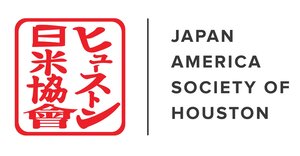Images by Keiko Tsubokura
For our third installment of Kayo美 Kai, join us in making a JASH self-care fukuwarai.
Fukuwarai (福笑い) is a traditional New Year’s game in Japan.
As “fuku” (福) means luck and “warai” (笑) means laughter, the name of the game translates to “lucky laugh.” As such, the game is often correlated with the proverb -「笑う門には福来たる」(Warau kado niwa fuku kitaru) - “Luck comes to a house with lots of laughter.”
Historically, the game was thought to have been developed during the Edo Period (1602-1868) as a game celebrating arts and culture. It then became a New Year’s game during the Meiji Era (1868-1912) to bring luck to the start of a new year.
The objective of the game is to place cutouts of several facial features on the outline of a face, all while blindfolded. (Think ‘Pin the Tail on the Donkey’!)
Okame is the most common face used in fukuwarai. She is also known as otafuku. With full cheeks, Okame was considered the epitome of beauty during the medieval times. Additionally, okame means tortoise, a symbol for longevity in Japan.
Another face often used in fukuwarai is Hyottoko, who is a comical Japanese character with his mismatched eyes and puckered lips. He has several roles in Japan but will often be seen in theater in the place of a clown.
Here is what you need to create a JASH self-care fukuwarai:
Materials:
JASH self-care fukuwarai template
Scissors
Double-sided tape / ticky tack / mounter’s putty
Blindfold / bandana
optional: A partner to guide you
How to Play:
Cut out each of the pieces.
Use ticky tack / mounter’s putty or double-sided tape for an adhesive on the back.
Place the blank face either on the table or affix it to the wall.
Put on your blindfold.
Try to place the features (and mask!) in right place. If you have a partner, follow their instructions.
Once you have finished, remove your blindfold and see your work.
Share your fukuwarai creations by emailing lhurley@jas-hou.org or tag us on social media with #Kayo美Kai.






